Nicolò Filippo Rosso, Forgotten in Dust
Over the last five years, the Italian photographer (born 1985) spent periods of weeks and months in La Guajira, a Colombian peninsula that is home to the indigenous Wayúu people. Border struggles, a lack of water, poverty, coal mining in the middle of a desert, being a transit point for migrants and smugglers; all give rise to the toughest of living conditions.
Index
Detail
|
Image x
20 Images
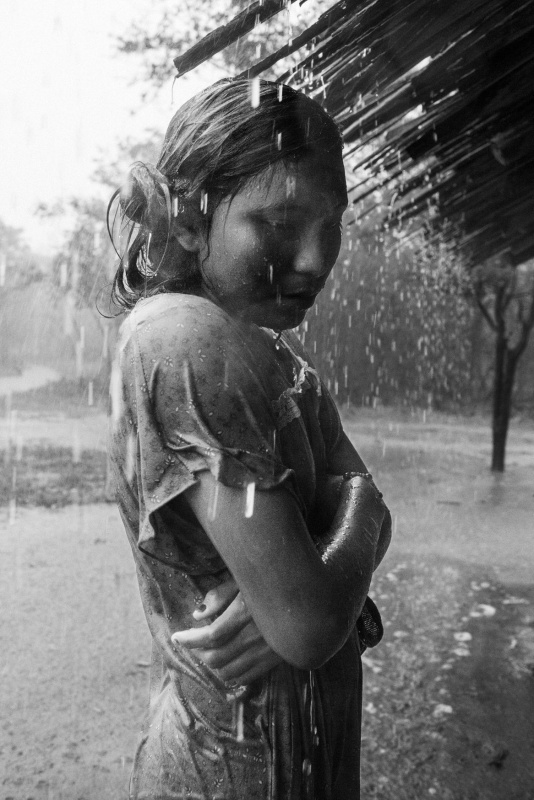 01
01
Rain falls on a girl, after a long drought. May 2016
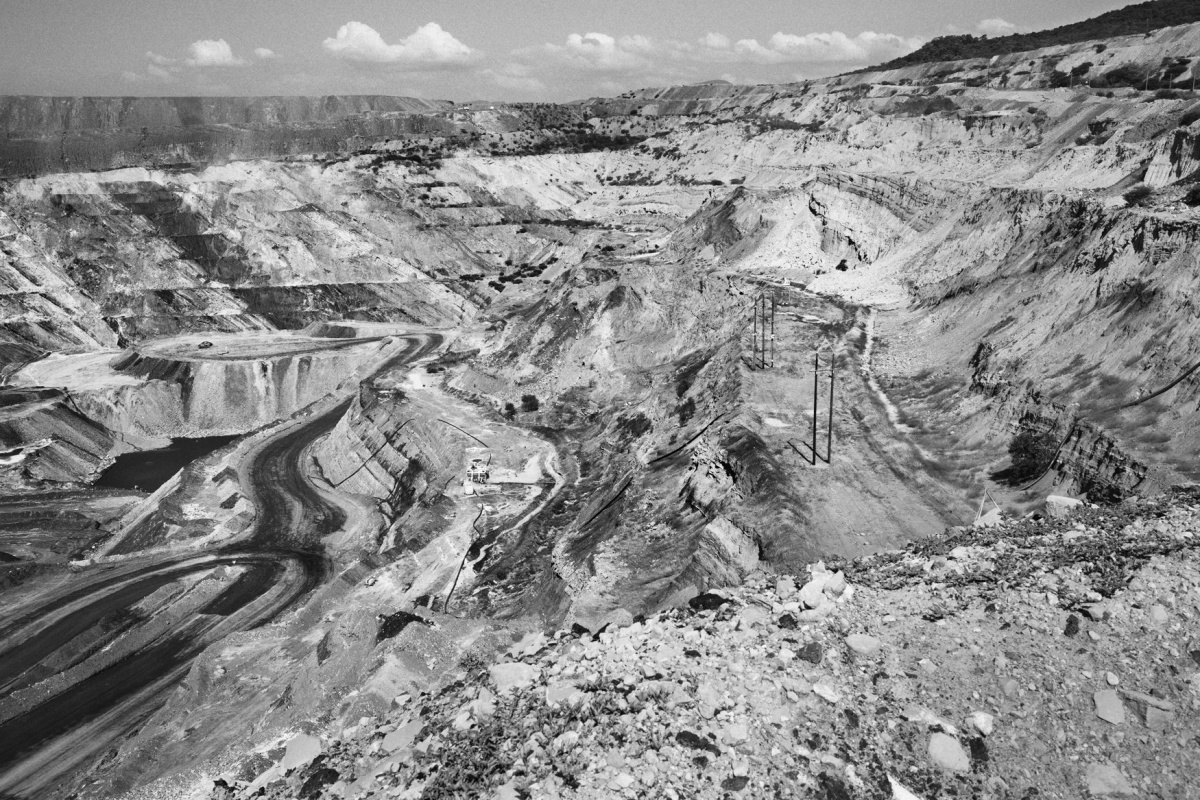 02
02
A coal pit at Cerrejón, one of the world’s largest open-pit coal mines. The Wayuu say the mine consumes the already scarce water. Villa del Rosario, August 2016
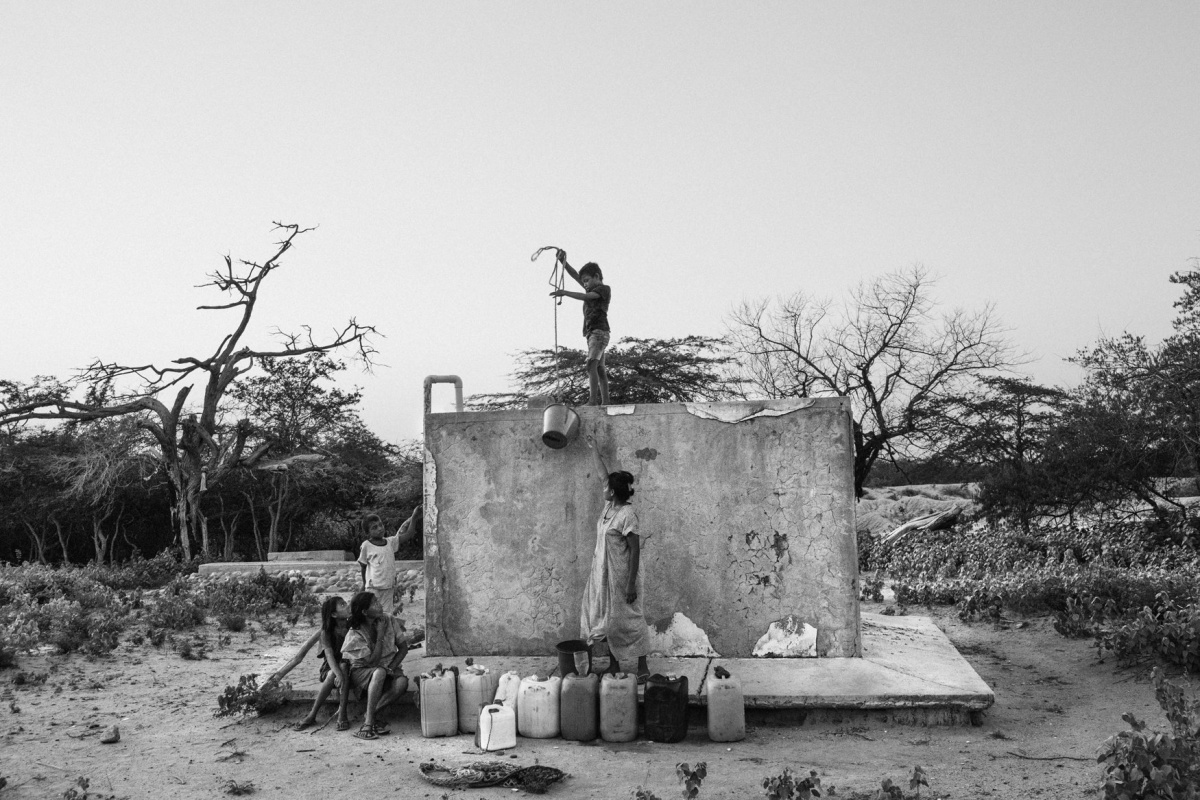 03
03
People get water from a tank, filled by a local NGO and distributed to the community. June 2016
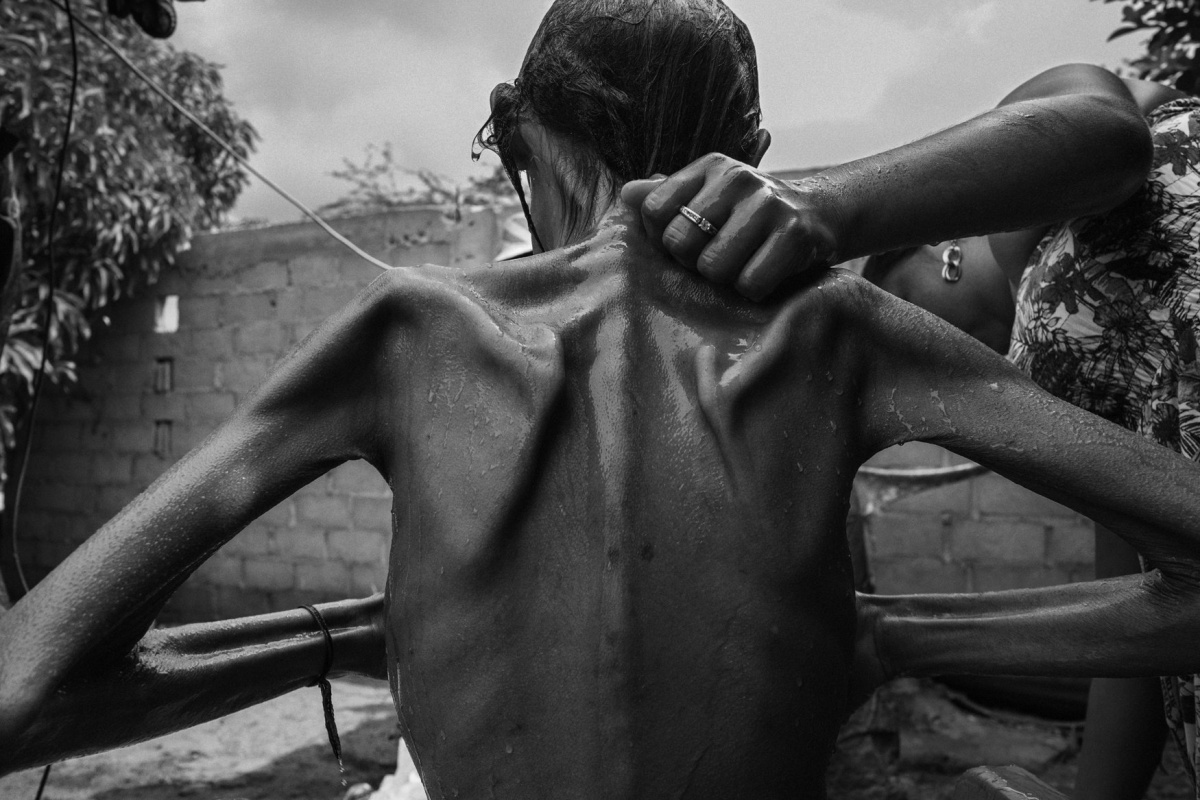 04
04
Maricela Uriana Epiayu, 22, was a mother of two children under the age of 5. She died from an infection in August 2016. June 2016
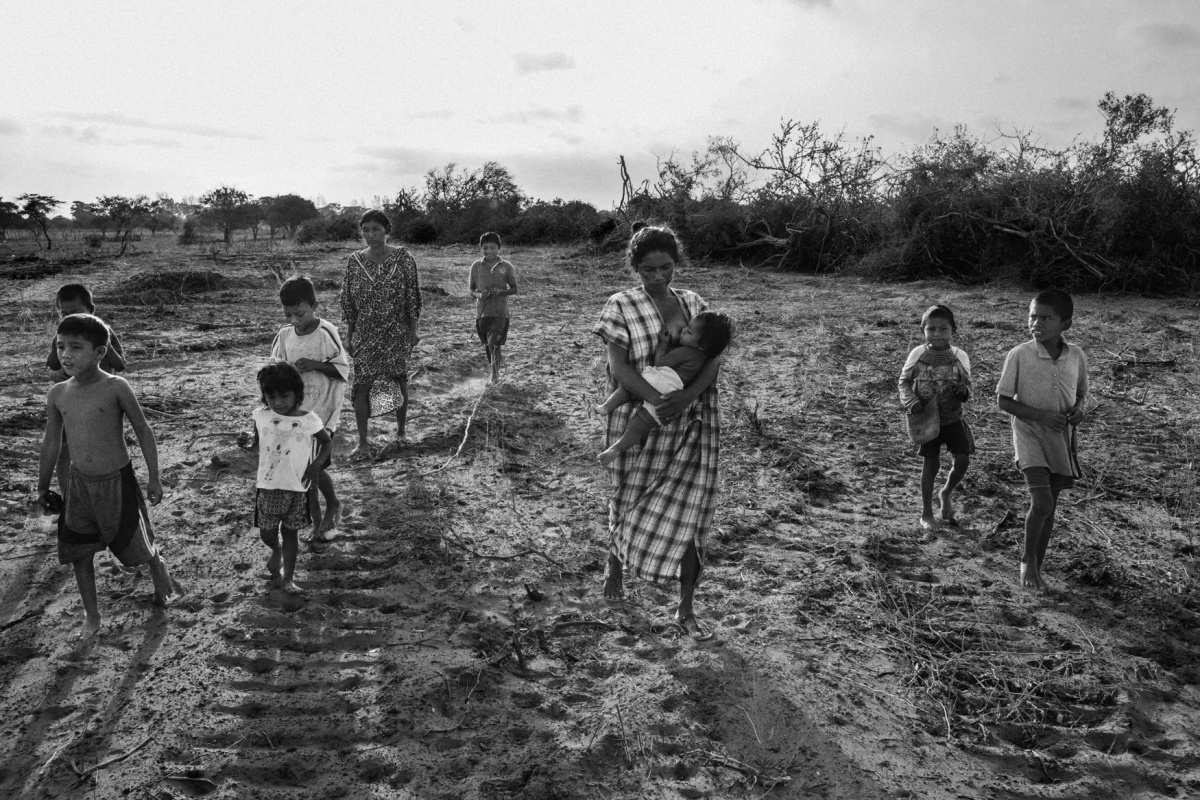 05
05
Family members walk on land that was taken from them. The strategic position made it interesting for local investors. July 2016
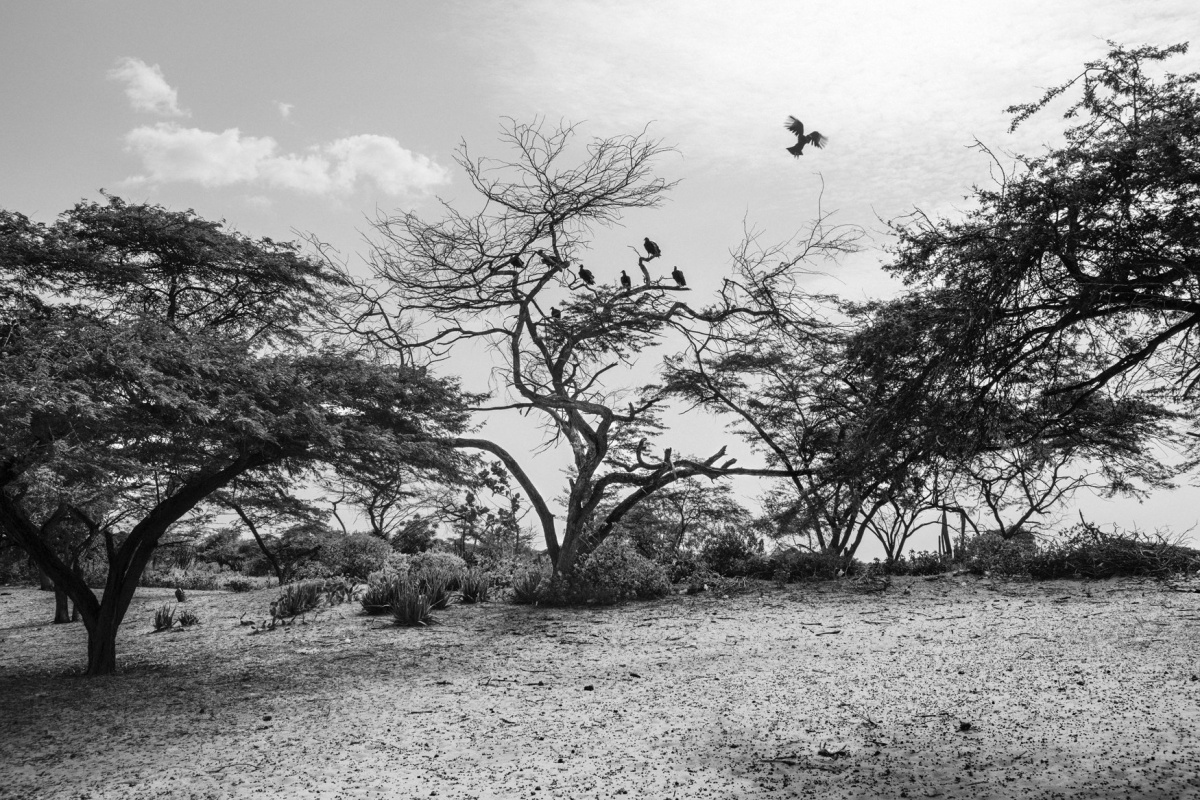 06
06
Vultures sit on the branches of a tree. June 2019
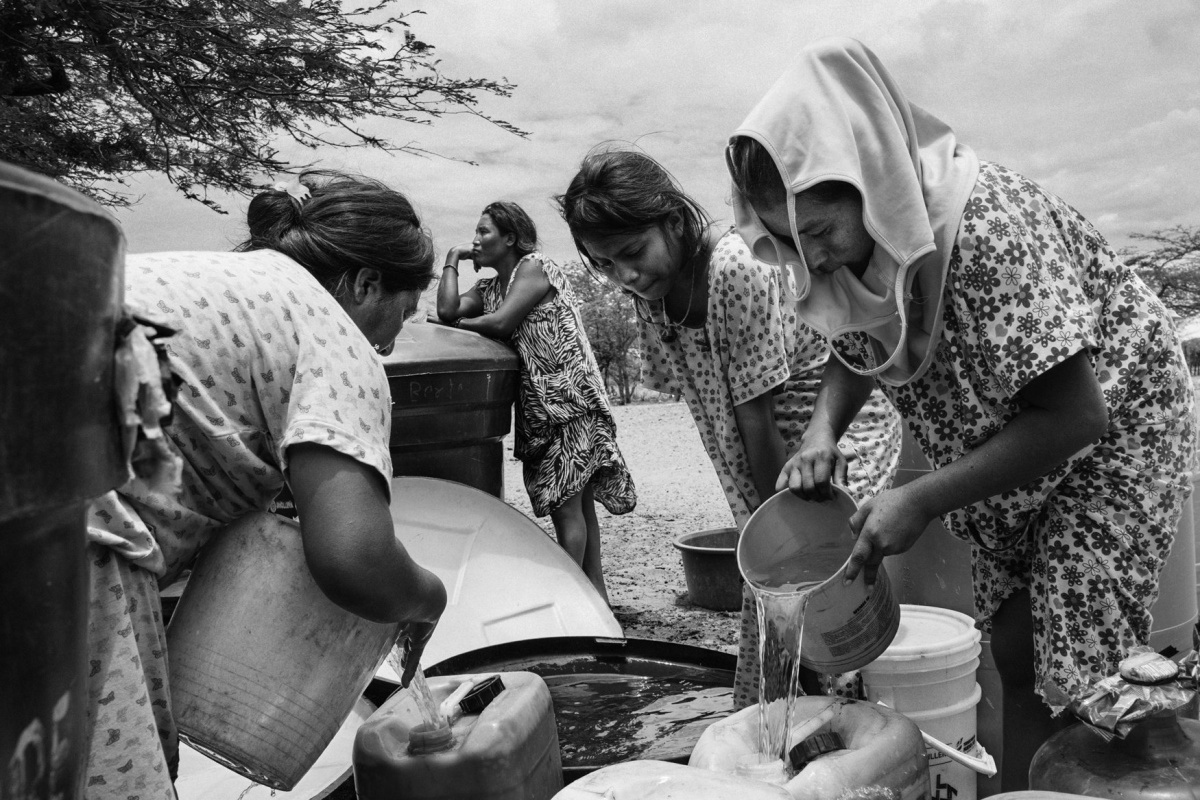 07
07
People fill tanks with water from a truck, brought by a Bogota-based NGO which supplies water to more than 32 communities around the municipality of Manaure, every day. August 2016
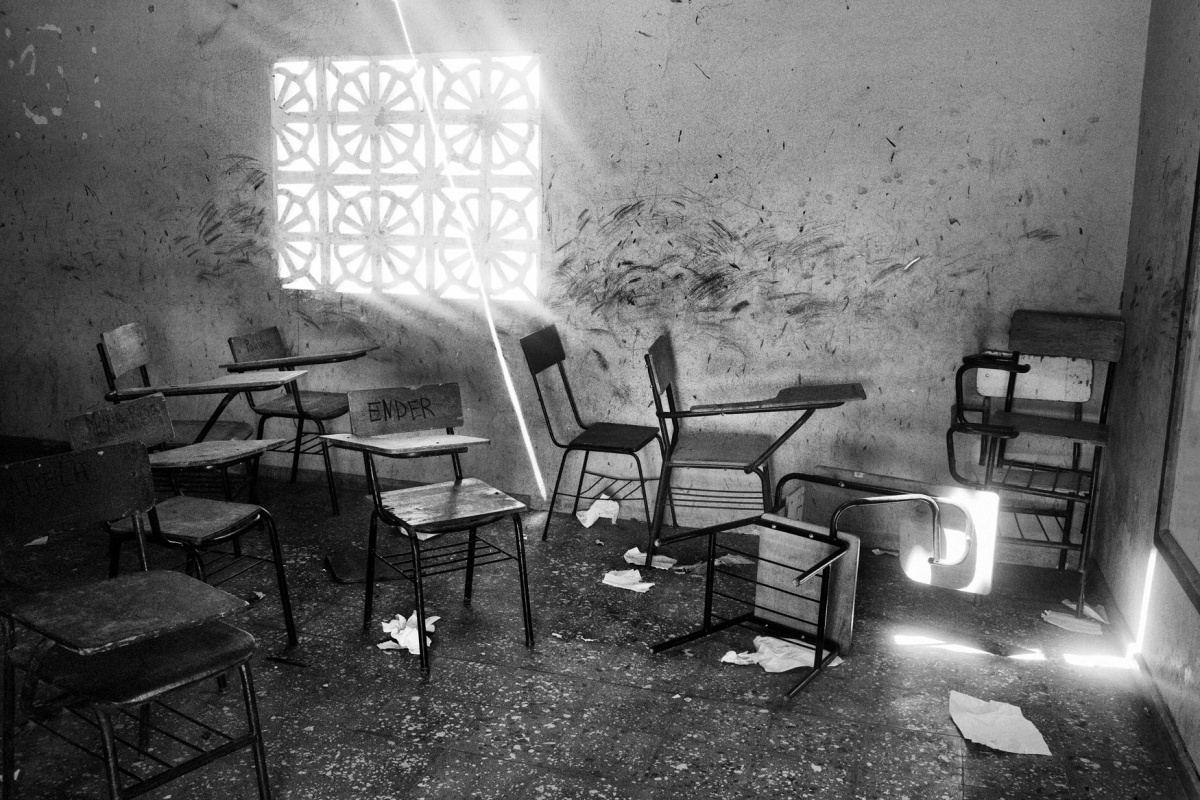 08
08
Sunlight shines through a window, inside an abandoned school. Built by the government, the school was never active, as no teaching program was put in place. June 2015
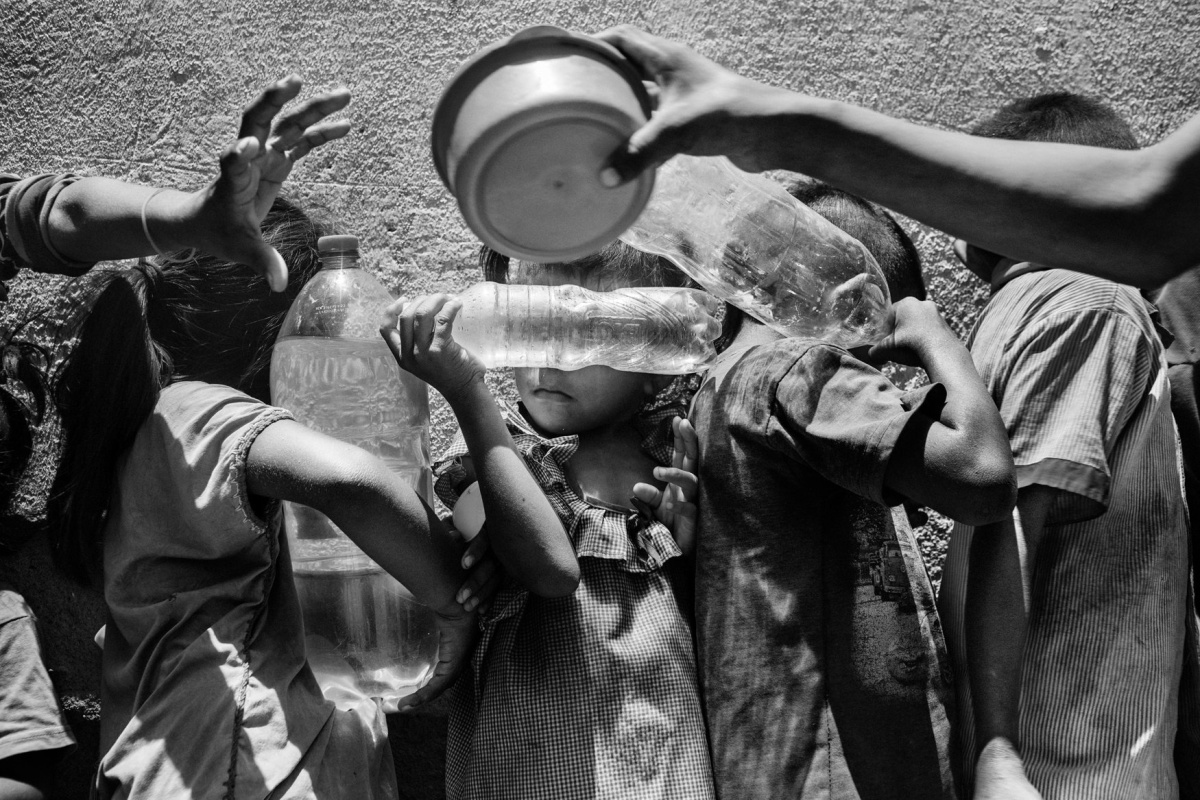 09
09
Venezuelan children wait in line for a free meal from a charity organization. They hand over their plastic bottles to be filled with drinking water. August 2019
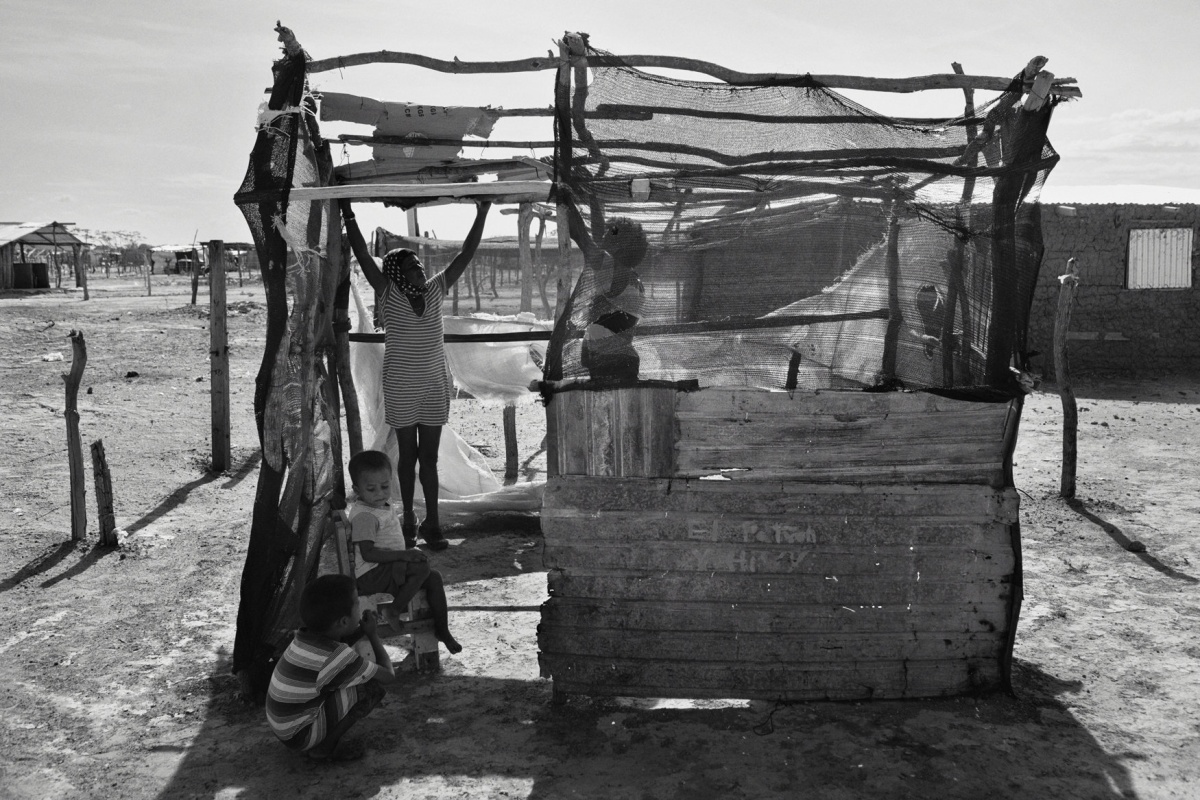 10
10
A woman is building a shack in an informal migrant settlement in the desert of La Guajira, close to the indigenous town of Uribia. July 2019
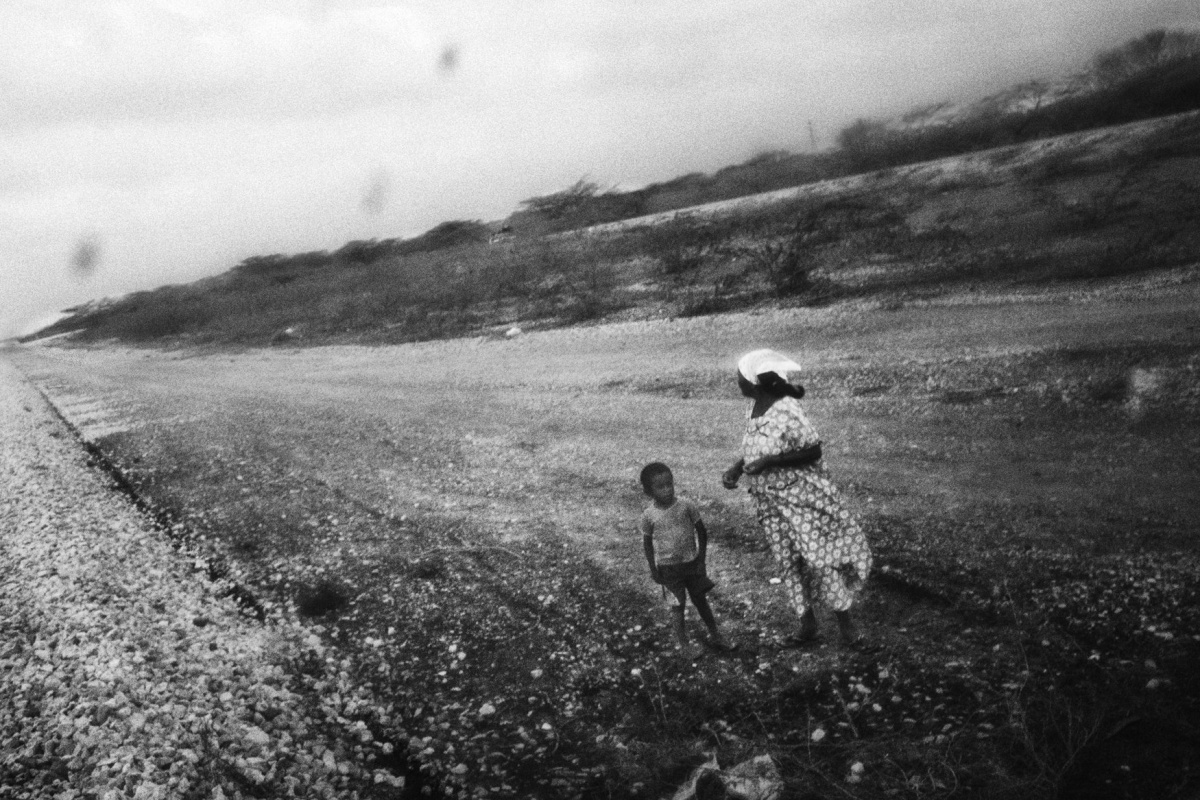 11
11
The Cerrejón train passes by, transporting coal from the municipality of Albania to Puerto Bolívar. Coal dust has spoiled the land. May 2015
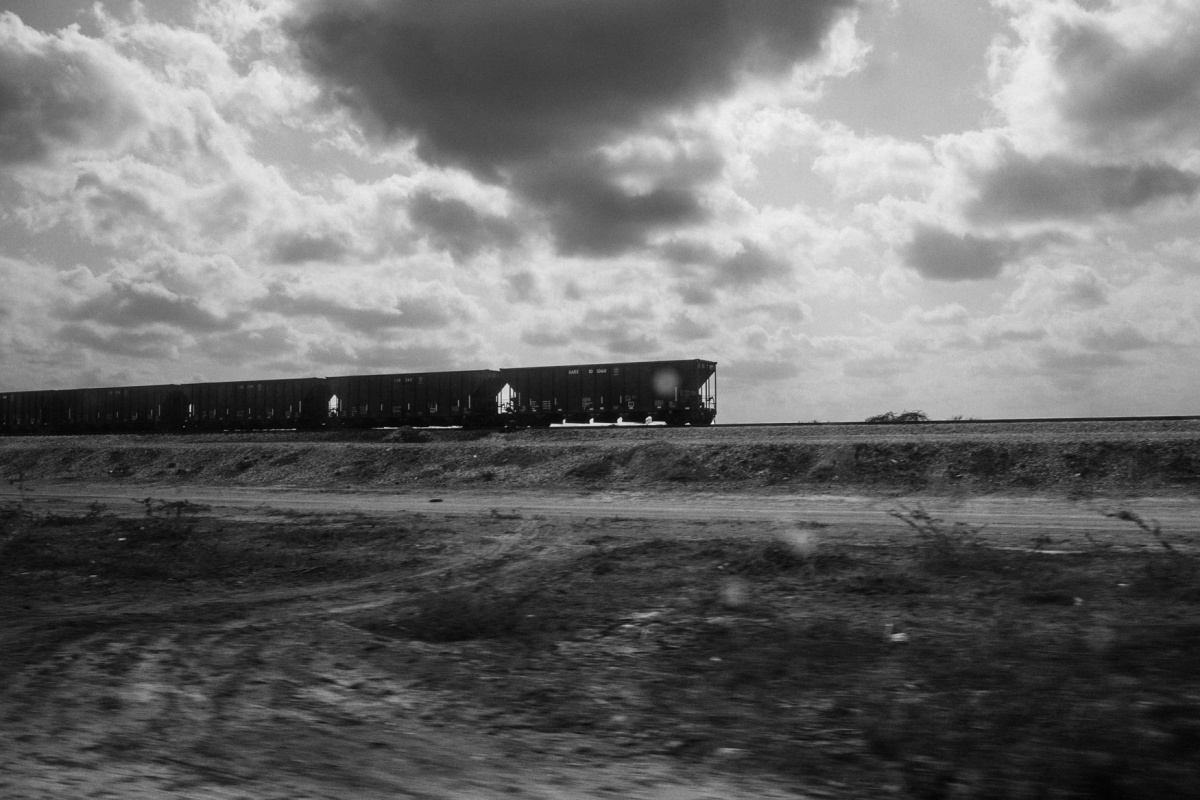 12
12
The coal train. August 2016
 13
13
A view of one of the highest routes through La Guajira desert. Locals say that these routes are used by gasoline and drug smugglers. August 2016
 14
14
People fish for prawns in the lagoon of Camarones, La Guajira. July 2019
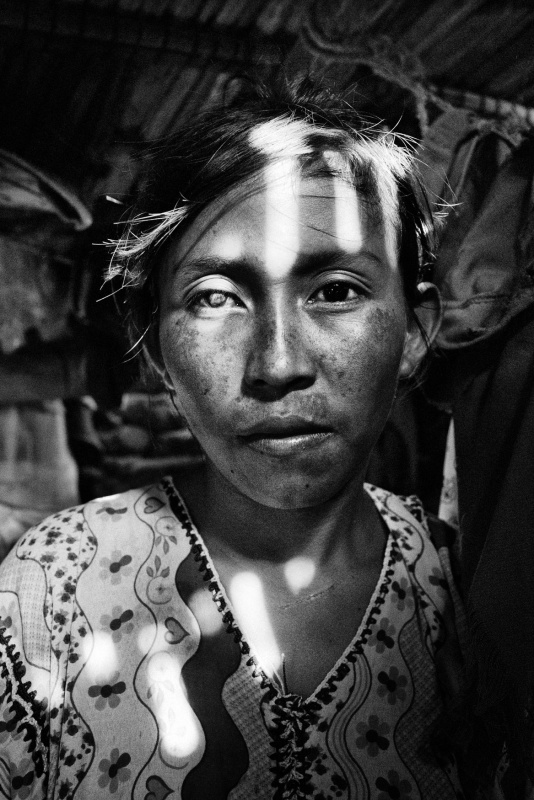 15
15
Francia Epiayu, 19, is seen during her third pregnancy in 2015. She said one of her children died from malnutrition; and that she became blind, during her pregnancy. June 2015
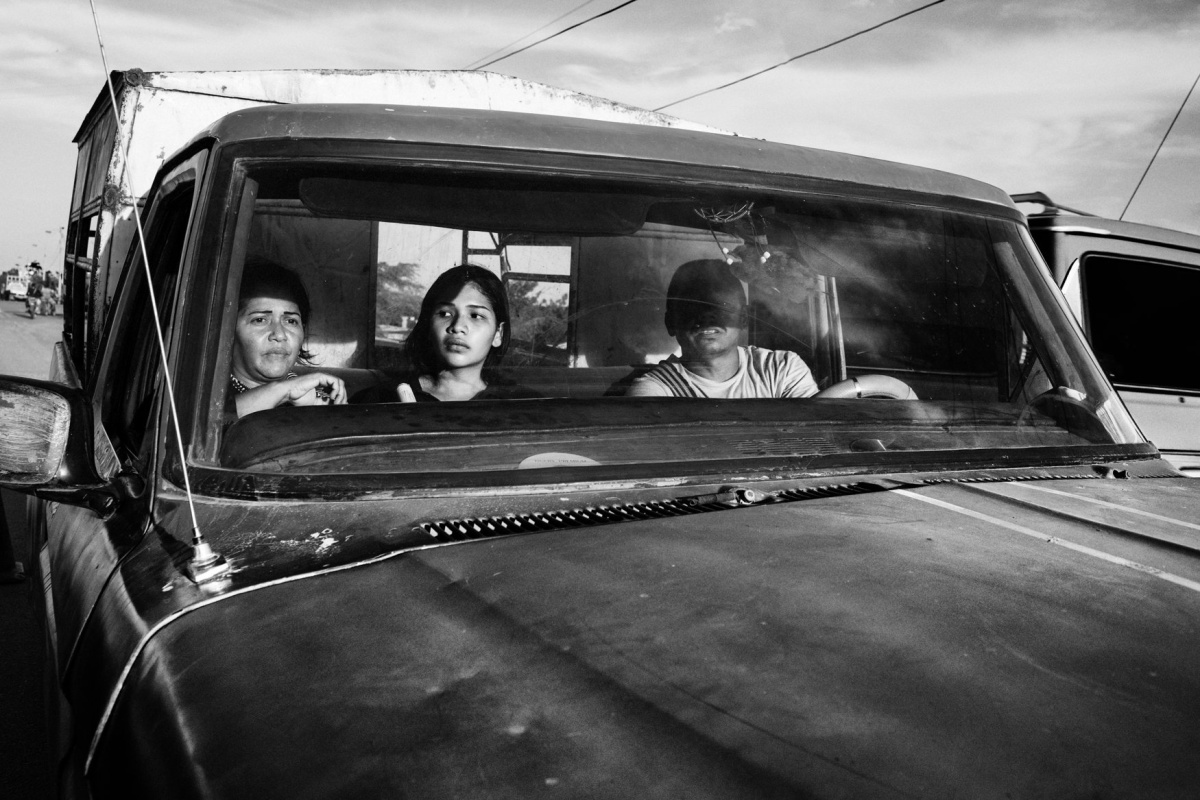 16
16
Migrants sit in a truck at the border town of Paraguachón, Colombia, waiting for a ride to the major city of Maicao. August 2019
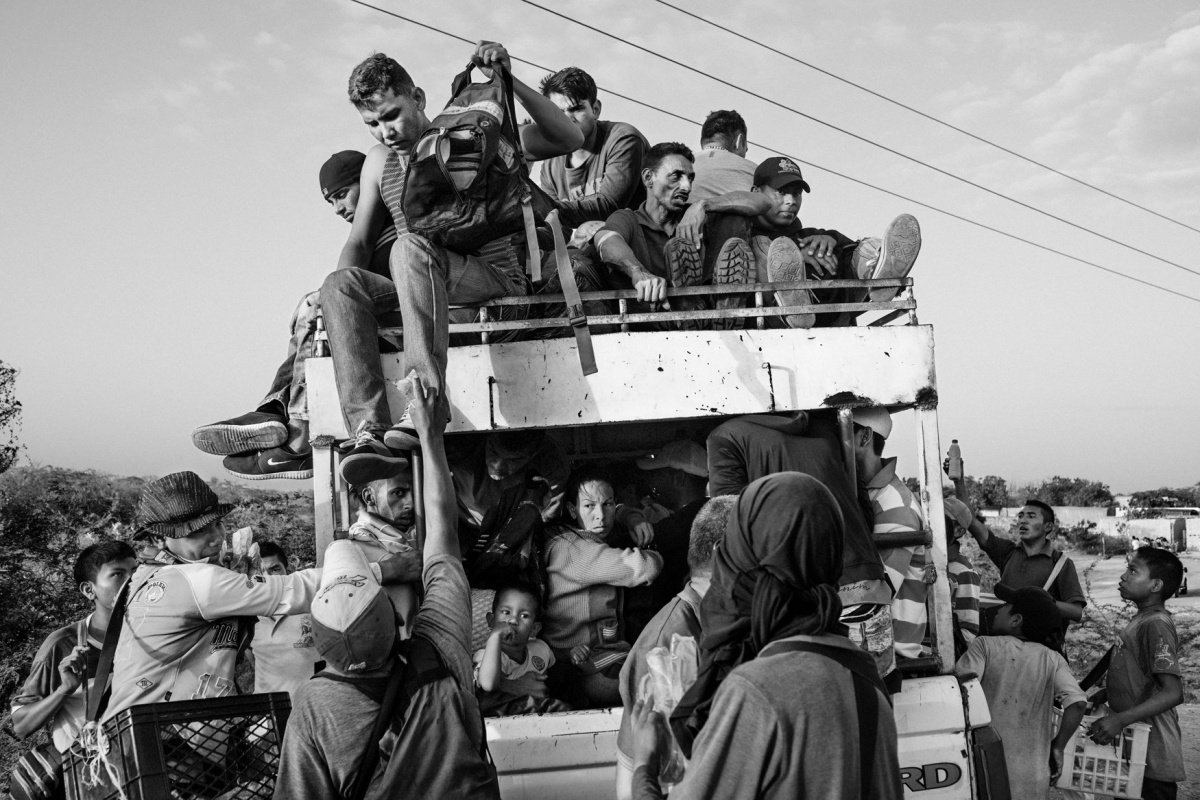 17
17
Migrants crowd onto a truck, near the Colombia-Venezuela border, in La Guajira, Colombia. July 2018
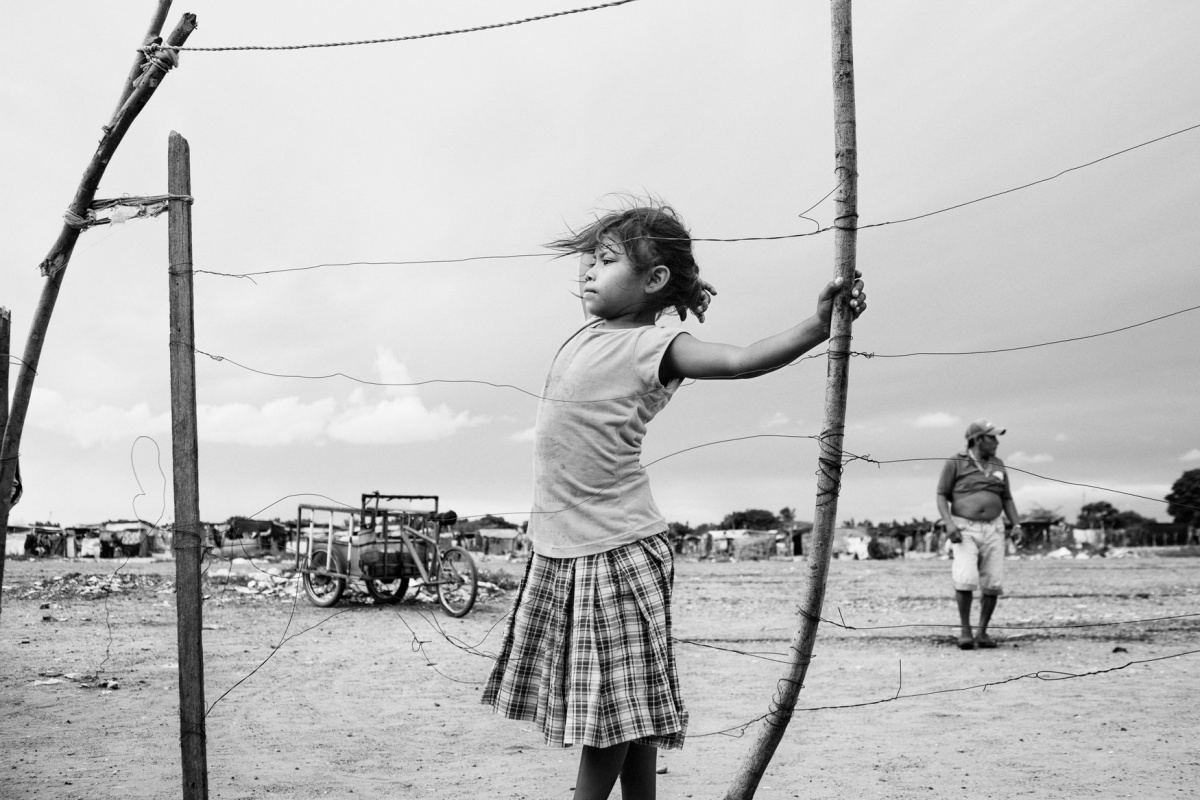 18
18
“La Pista” on the outskirts of the city of Maicao. These informal settlements are growing into migrant towns, with thousands of people living in shacks built of paper, plastic bags and tin. September 2020
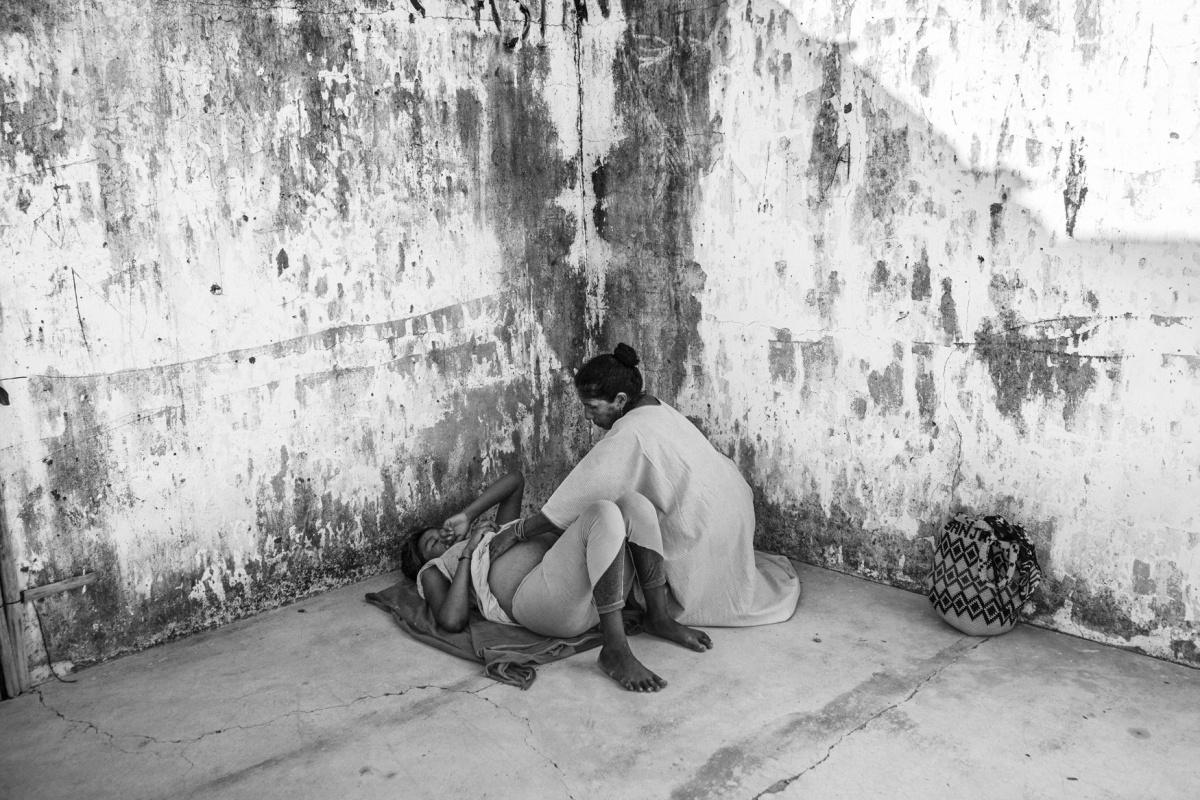 19
19
Frankilina Epiayu, a Wayuu indigenous midwife, kneads the belly of a young pregnant girl in an informal settlement of Venezuelan migrants on the outskirts of the town of Uribia. July 2019
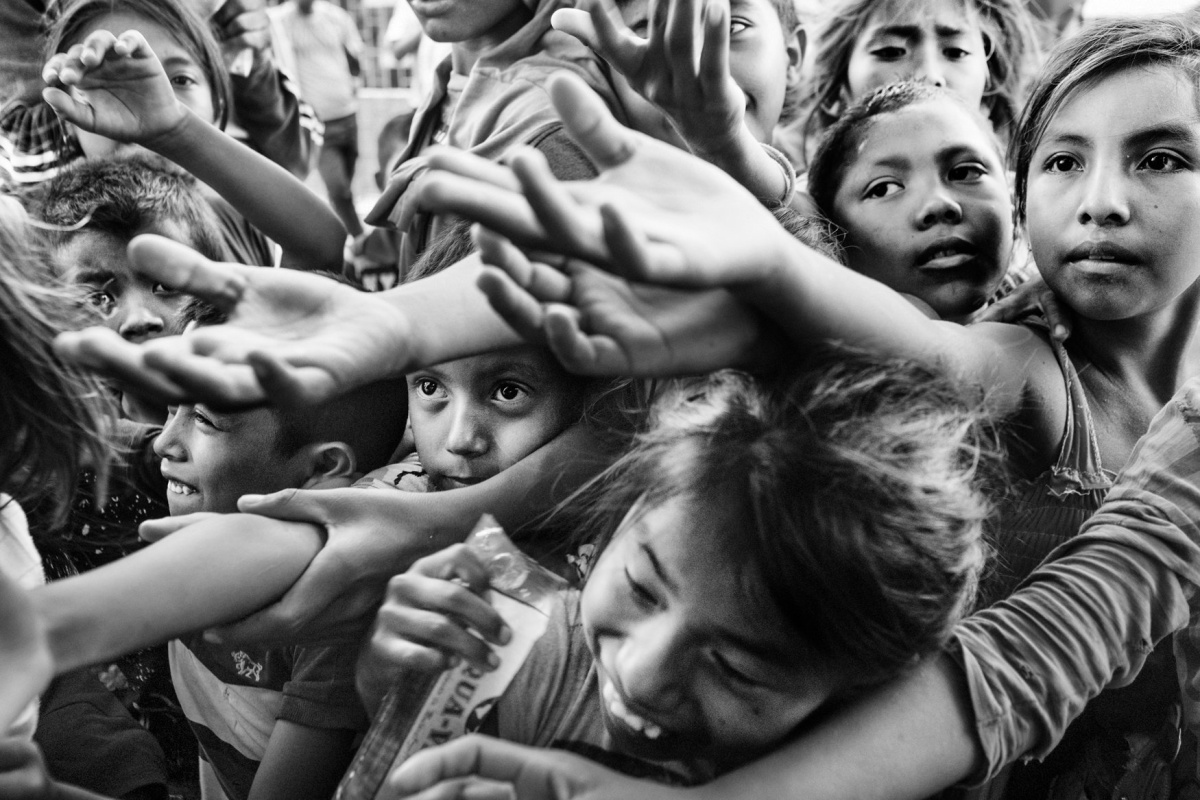 20
20
Children crowd at the door of a UNHCR aid centre to receive donated water, at the border town of Paraguachón, Colombia. August 2019
0102030405060708091011121314151617181920